Málaga, Spain's sixth-largest city and the capital of the Costa del Sol, stands as one of the world's oldest continuously inhabited cities, with archaeological evidence of human settlement dating back over 2,800 years. Founded by the Phoenicians around 770 BC as "Malaka," the city's strategic position on the Mediterranean coast made it a crucial trading post for successive civilizations. The Romans established it as "Malaca" in 218 BC, constructing the theater that still stands today. The Visigoths later controlled the region until the Moorish conquest in 711 AD.
The Islamic period, lasting nearly eight centuries until 1487, left an indelible mark on Málaga's architecture. The Moors constructed the impressive Alcazaba fortress in the 11th century, along with the Gibralfaro castle, creating a formidable defensive complex. The Christian Reconquest in 1487 by the Catholic Monarchs Ferdinand and Isabella marked the end of Muslim rule, leading to the construction of the Renaissance Cathedral in the 16th century.
Málaga's rich tapestry of civilizations becomes evident in every plaza and monument. The magnificent Cathedral, affectionately known as "La Manquita" (the one-armed lady) for its unfinished second tower, stands as a testament to the city's Christian reconquest. Yet steps away, remnants of Roman theaters and Moorish baths remind visitors of the diverse cultures that have called this place home for over three millennia.






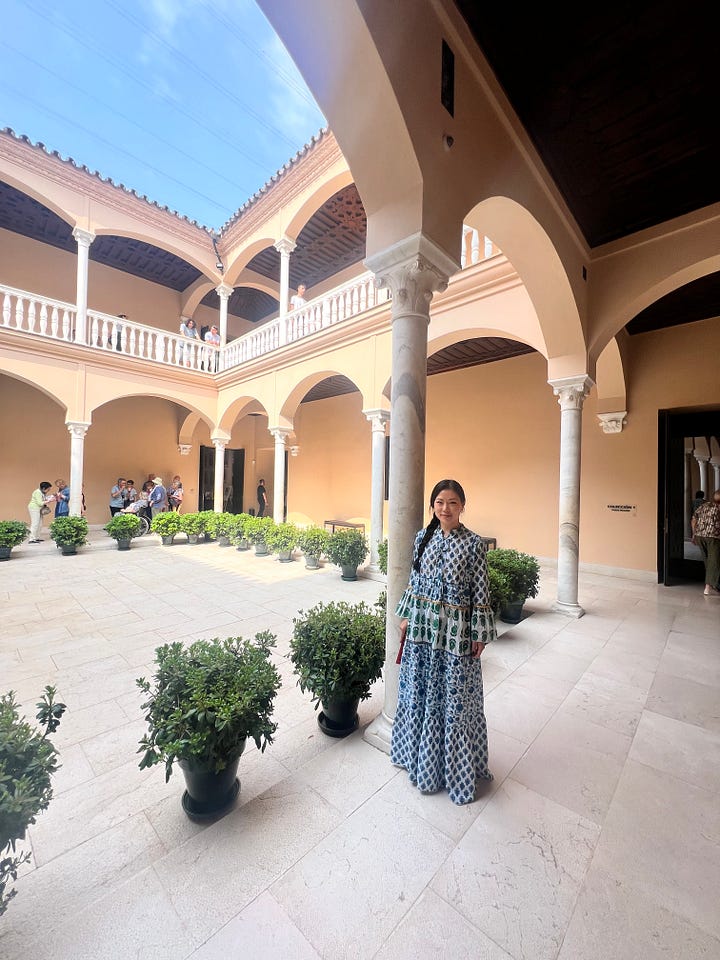
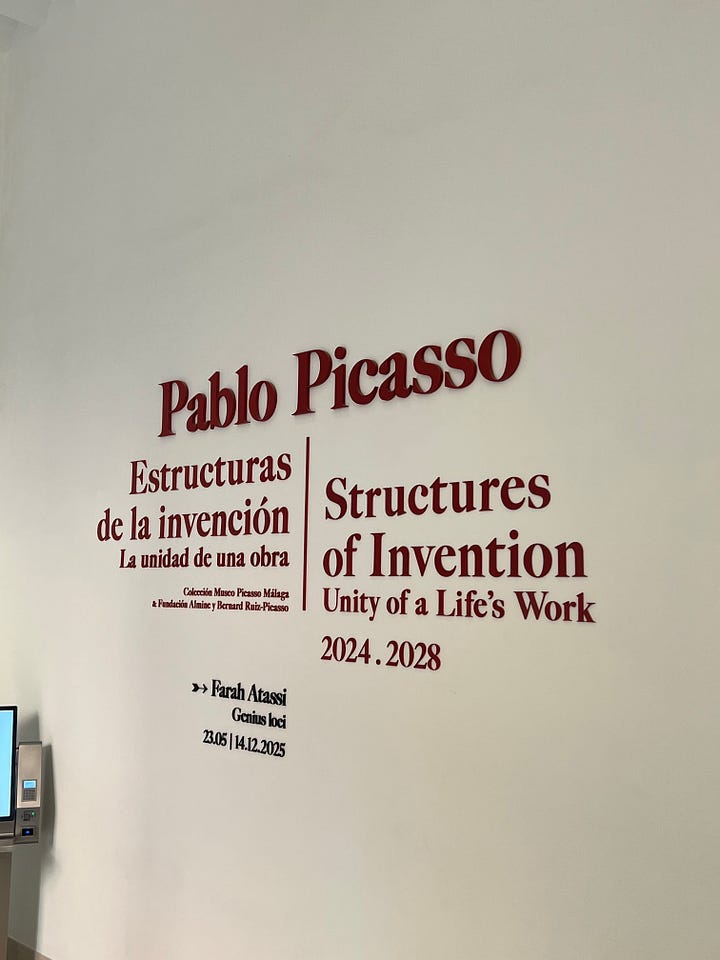
Perhaps nowhere does Málaga's artistic soul shine brighter than in the Museo Picasso, housed within the beautifully restored Palacio de Buenavista. Walking through the galleries dedicated to the city's most famous son, born right here in Málaga in 1881, I was struck by how deeply Pablo Picasso's revolutionary vision was rooted in this very Mediterranean landscape of his childhood. The museum's collection traces his evolution from the Blue Period through his groundbreaking cubist works, offering intimate glimpses into the mind that would reshape modern art forever. Standing before his paintings, I could almost feel the warm Andalusian light that first nurtured his creative genius in these very streets. I am most impressed by his range of art: print, paintings, and sculpture. His diversity of talent transcends genre, history, and trends.
Yet for all its cultural treasures, Málaga's true magic might lie in its simpler pleasures. This evening, as the golden hour painted the sky in brilliant oranges and purples, I discovered the pure joy of dining on freshly grilled sardines at a beachfront chiringuito. The fish, caught that very morning and grilled over charcoal with nothing more than coarse sea salt and a drizzle of local olive oil, embodied the essence of Mediterranean cuisine. The smoky aroma mixed with the salt air, while waves lapped gently at the shore just meters from my table. Local families gathered around neighboring tables, their laughter and animated conversations in rapid Andalusian Spanish creating a soundtrack of pure contentment.
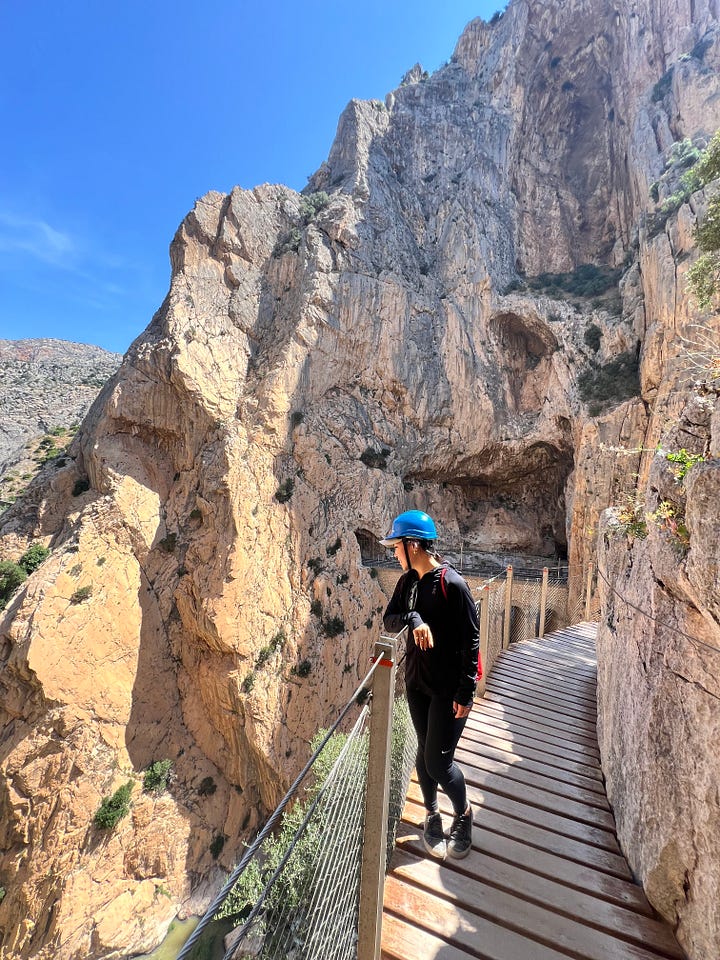
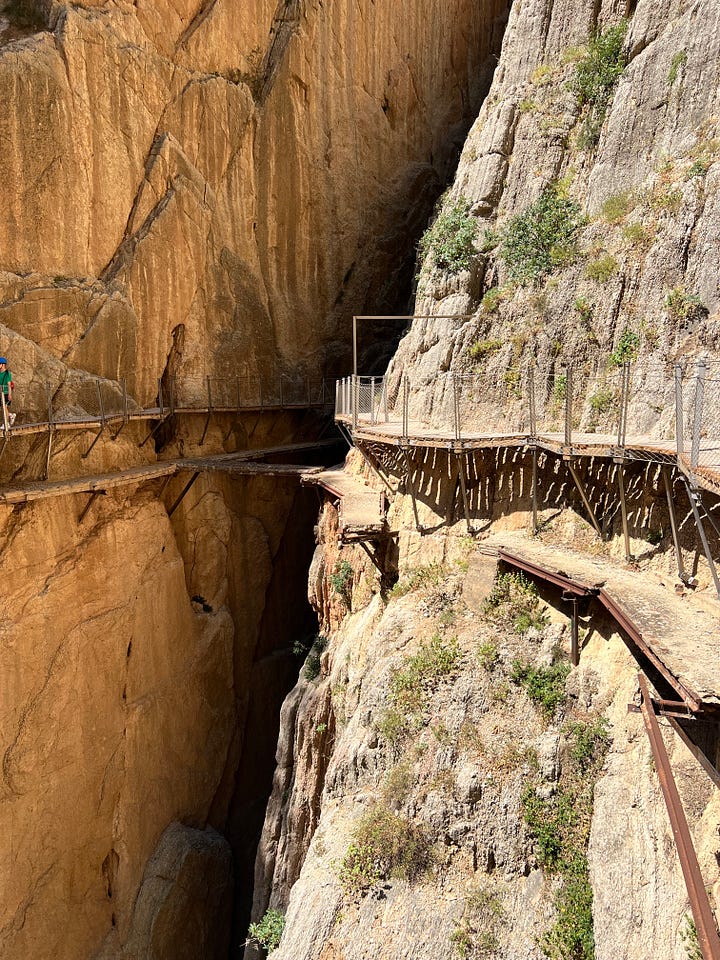
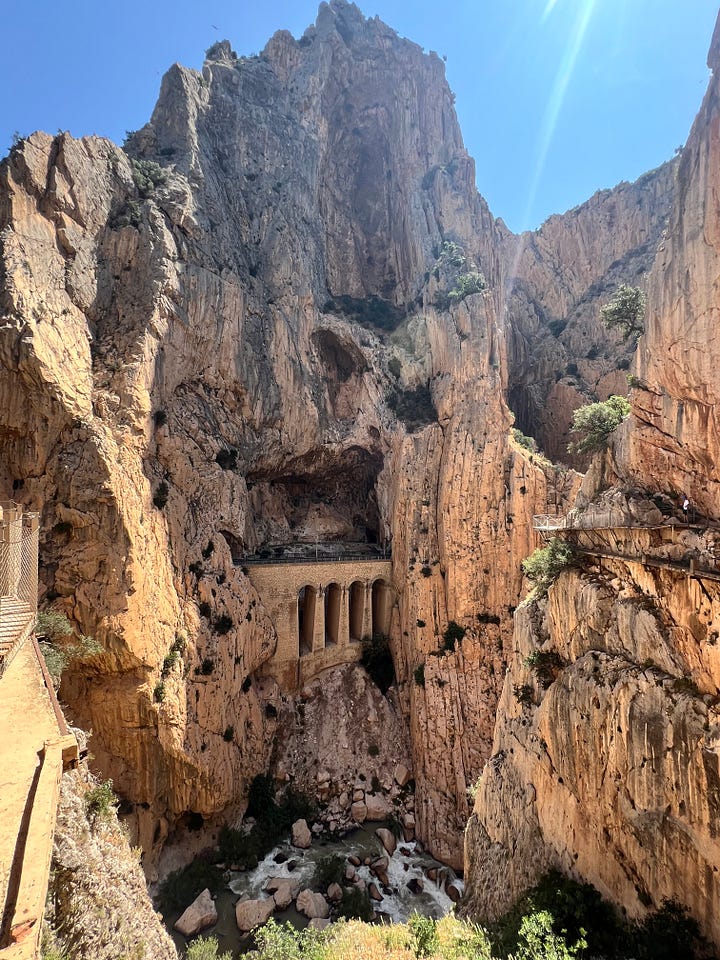

Just an hour's drive from the city lies the legendary Caminito del Rey, a pathway with a fascinating and perilous history. Constructed between 1901 and 1905, this narrow concrete walkway was built to provide access for workers maintaining the hydroelectric plants and dams in the El Chorro gorge. The path earned its royal name when King Alfonso XIII crossed it during the inauguration of the Conde del Guadalhorce dam in 1921. For decades, the walkway deteriorated without maintenance, with sections of handrails collapsing and gaping holes appearing in the concrete. By the 1990s, it had gained international notoriety as "the world's most dangerous walkway," claiming several lives and forcing authorities to close it in 2000. After a complete reconstruction costing €5.5 million, the new Caminito del Rey reopened in 2015 with modern safety features and reinforced materials. The renovated pathway, suspended over 100 meters above the Guadalhorce River, now safely showcases the dramatic limestone cliffs and spectacular geological formations of the gorge, while preserving access to one of Andalusia's most remarkable natural monuments.
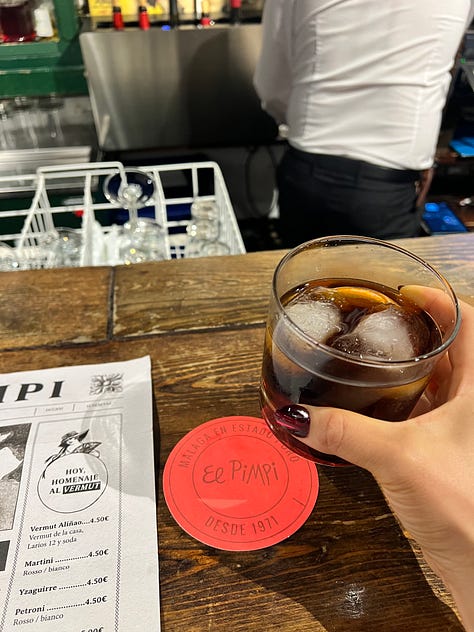
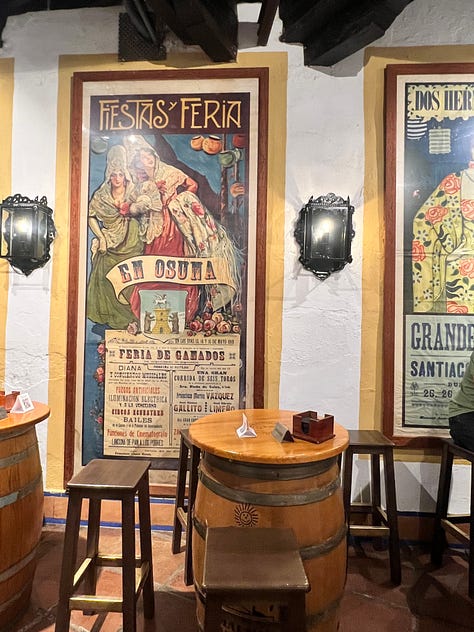
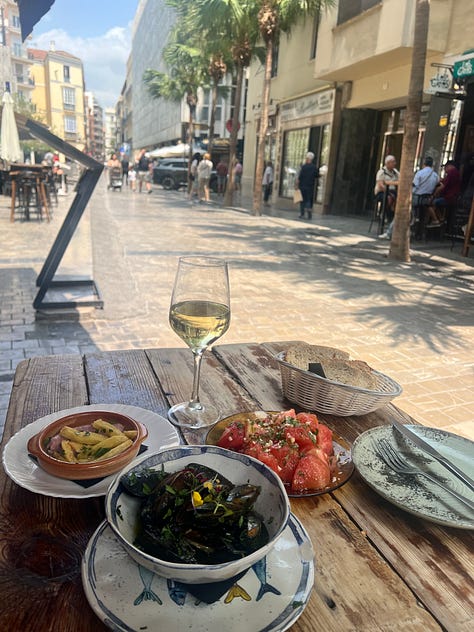
Reflecting on my time in Málaga, the city's enduring appeal lies not only in its ancient monuments and dramatic landscapes but in its vibrant contemporary life. The narrow streets of the historic center pulse with energy as locals and visitors alike fill the countless tapas bars and restaurants that spill onto every plaza. From the bustling Calle Larios, with its elegant shops, to the bohemian Soho district, adorned with colorful street art, Málaga seamlessly weaves together its rich past with a dynamic present. The city's charm reveals itself in these everyday moments—the clatter of glasses in a crowded taberna, the animated conversations echoing off ancient walls, and the warm Mediterranean light that bathes everything in golden hues, creating an atmosphere that feels both timeless and vibrantly alive.




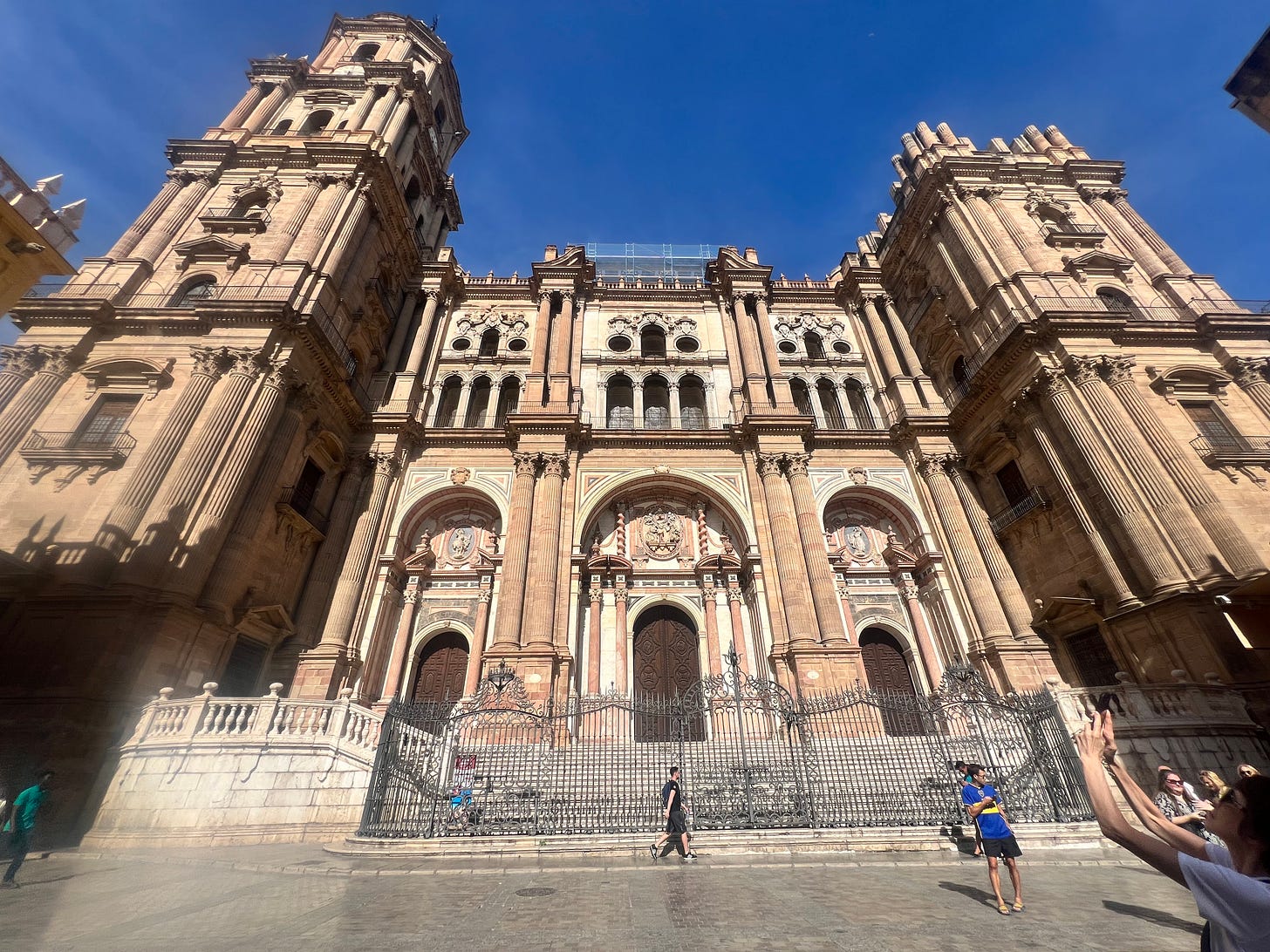

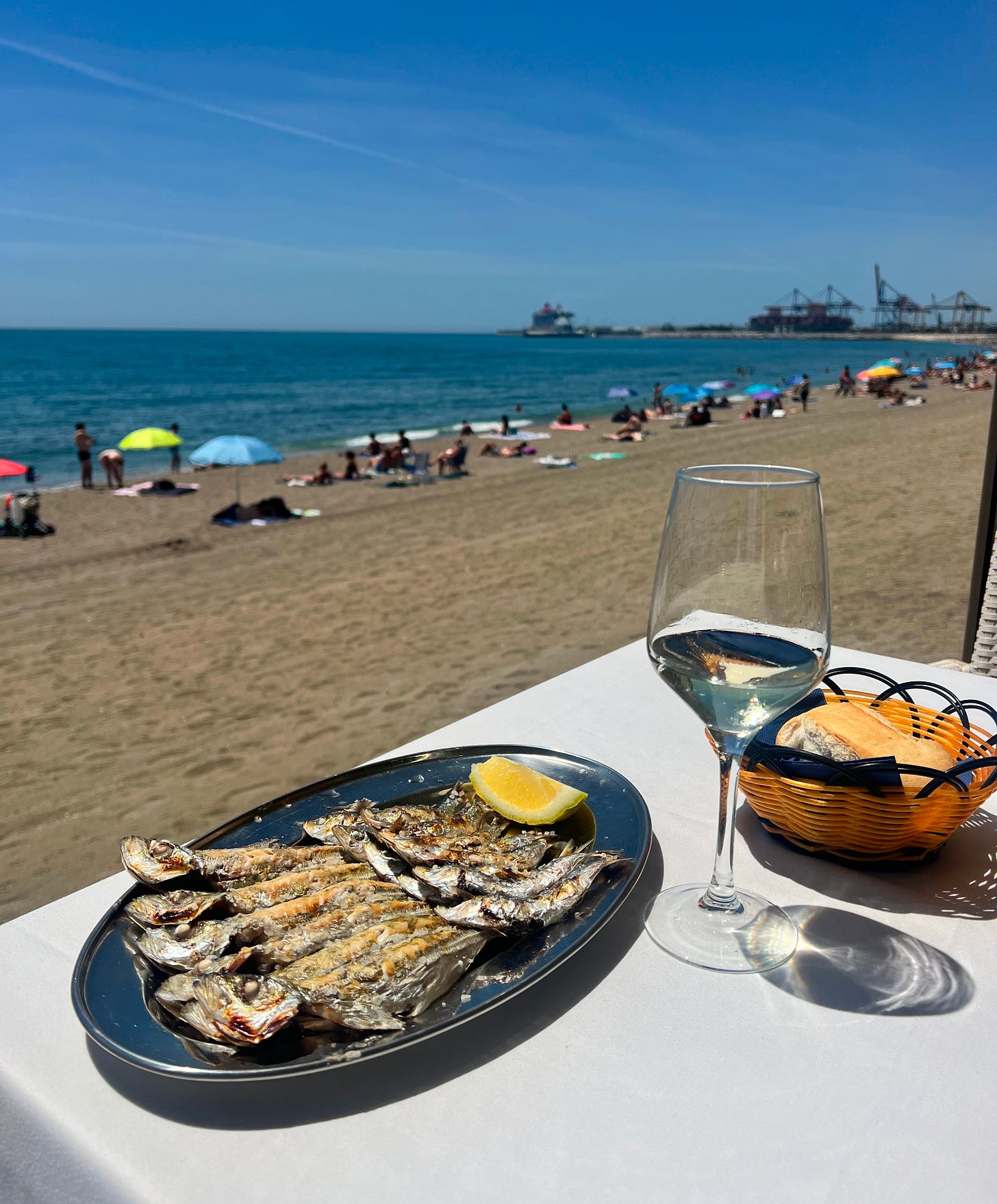
Hello, nice article👌 is there any English page around what’s happening in Malaga weekly?